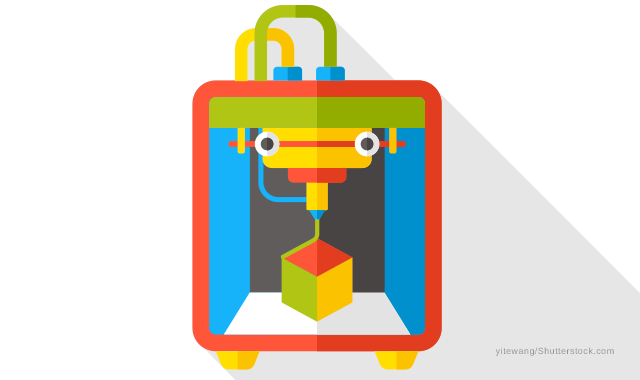5 workflows changed by 3D printing
Digital Esthetics looks at how 3D printing is disrupting five dental workflows.

3D printing is changing-and disrupting-all kinds of dental workflows. Here are five dental processes that have been revolutionized by 3D printing possibilities:
01 | Model making.
This is the most common use (so far) for 3D printing. Whereas models used to require time to mix stone and then careful set up, models can now be printed using the same CAD file used to create the restoration. It’s an easy way to naturally fit 3D printing into a digital workflow. Plus, it provides a great visual aid for dentists-and a bonus technological marvel for patients to take home!
Take our quiz: 5 surprising facts about 3D printing
02 | Wax-ups.
Using wax and burning it out has been a tried-and-true prosthetic and restorative method for many labs for decades. But it’s also time consuming, and due to the materials used, is prone to annoying failures-plus, it can be boring to do!
03 | PFMs.
While “printing” metal isn’t really possible, there is laser technology that “builds” metal frameworks or pieces, and usually this technology (SLM or SLA) is grouped in with 3D printers. This technology has allowed dentists and dental technicians who prefer to work with PFMs an option to retain that method while going to a more digital process. Plus, there are several outsourcing partners out there who can “print” straight from an STL file and provide dental professionals with frameworks for a variety of indications.
04 | Temporaries.
As more materials are approved by the FDA for in-mouth use, it’s becoming increasingly possible to provide instantaneous temporary solutions for patients. This can allow immediate smile esthetics while patients are healing or waiting for restorations/prostheses, and can help patients visualize what the final results will look like.
Test your knowledge: Do you know these facts about 3D printing materials?
05 | Dental implants.
Surgery for dental implants can often be “free-handed” when drilling, but some implant cases require precision and accuracy. An excellent way to ensure that kind of care is through a surgical guide. And now, thanks to the combination of CBCT scans overlaid with digital mouth/teeth scans, it’s possible to create a custom surgical guide for each implant case that takes into account bone level, tooth/root placement and nerve locations. A surgical guide can be used during the implant workflow to ensure successful osseointegration and a much better patient experience.
Product Bites – January 19, 2024
January 19th 2024Product Bites makes sure you don't miss the next innovation for your practice. This week's Product Bites podcast features new launches from Adravision, Formlabs, Owandy Radiology, Henry Schein Orthodontics, Dental Creations, and Dental Blue Box. [5 Minutes]
3D Systems Garners FDA Clearance for Multi-material, Monolithic Jetted Denture Solution
September 17th 2024The company’s unique multi-material, single-piece dentures are designed to offer a combination of distinctive break resistance and outstanding esthetics for enhanced patient experience, and Glidewell labs are currently implementing the solution.